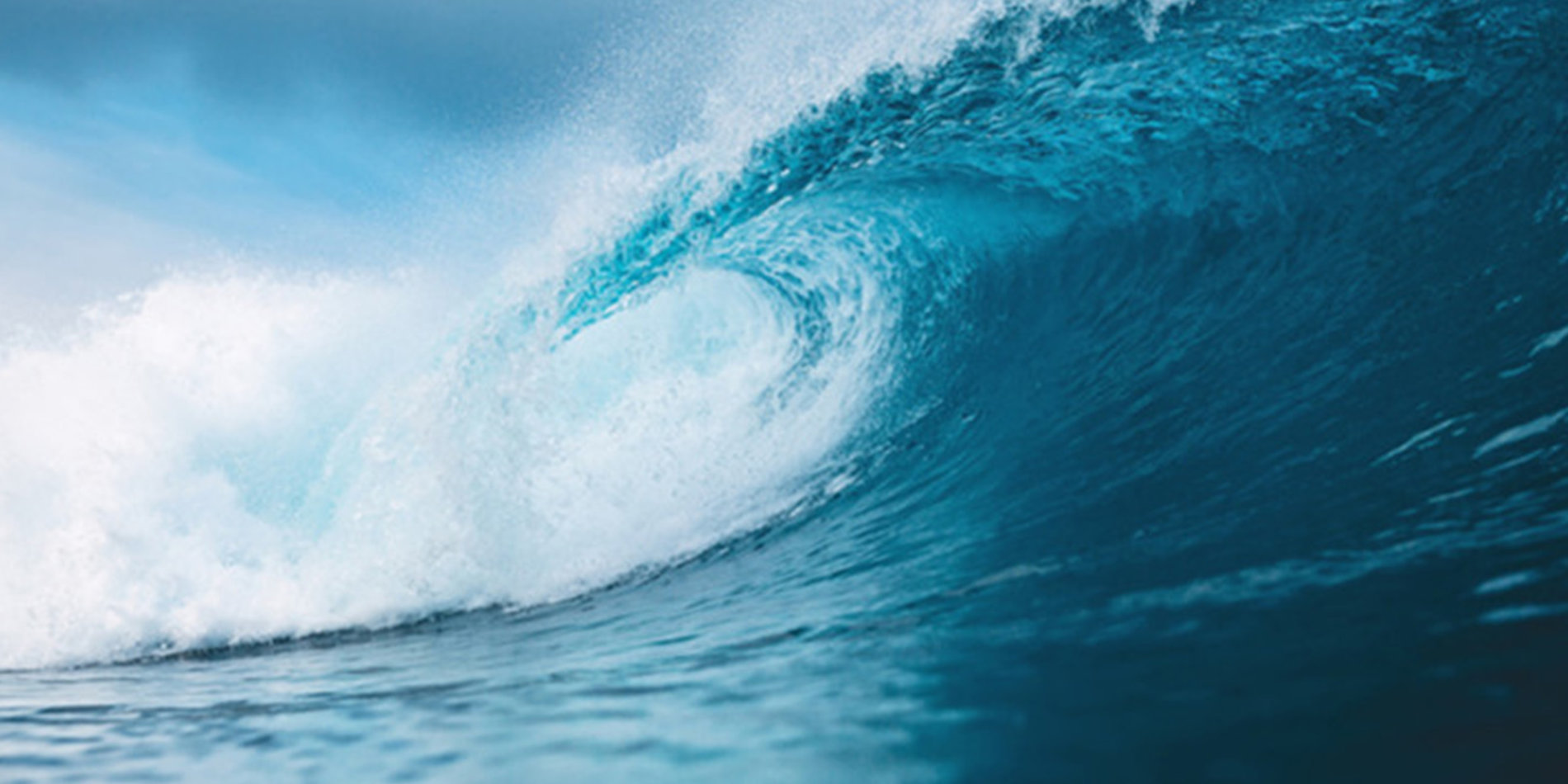Two mechanical engineering groups win Gallery of Fluid Motion Awards
Two groups of mechanical engineers from the Center for Turbulence Research at Stanford have won Gallery of Fluid Motion Awards, which celebrate engaging visuals that relay the science of contemporary fluid mechanics. The awards were announced in November as part of the 71st Annual Meeting of the American Physical Society Division of Fluid Dynamics.
One award recognized a video made by mechanical engineering graduate students Wai Hong Ronald Chan, Shahab Mirjalili and Suhas Jain; senior research engineer Javier Urzay; Ali Mani, associate professor of mechanical engineering; and Parviz Moin, the Franklin P. and Caroline M. Johnson Professor in the School of Engineering.
Their video depicts and explains a major mechanism for microbubble formation in turbulent breaking waves. This is a fundamental question that is relevant to climate change modeling and environmental studies of the ocean due to the gases and heat trapped by microbubbles, which typically have diameters around 1/10th to 1/100th of a millimeter. Microbubble formation also has implications for ship design — microbubbles rise to the surface very slowly, and this results in lingering ship trails. Full-scale simulations of these systems that resolve all the relevant scales, however, can be computationally costly.
Breaking down the problem, the researchers developed meticulous simulations of three stages of microbubble formation, with the ultimate goal of using the smaller-scale simulations to inform the larger-scale ones. A substantial challenge in this process was determining which details on the small scale were most relevant to the large scale. Even once they had put all the pieces together, the engineers found that producing the video for a broad audience was a time-consuming task.
“This is a simulation of a process that is relevant to the real world, and so we wanted it to be realistic,” said Mirjalili. “For example, we had to choose the right materials to represent water and air, so it wouldn’t look strange. We wanted it to be familiar to people, like watching an ocean wave.”
The final product, which places their simulations into the context of an explanatory video, proved beneficial to their science as well.
“This video helped us to flesh out the entire process,” said Chan. “Condensing this to a three-minute video helped make our thinking clearer, and it’s great that we were able to use the Gallery of Fluid Motion platform to share this beautiful problem with a broader audience.”
Another Stanford group won an award in the poster category. The winning poster displays the products of an artificially intelligent algorithm that the researchers trained to reimagine photographs of fluid phenomena in the style of famous paintings. The original photographs were from the black-and-white collection An Album of Fluid Motion by the late Milton Van Dyke, a professor of mechanical engineering at Stanford, and the art styles were based on paintings by Leonid Afremov, Pablo Picasso, Jackson Pollock, Henri Matisse and Vincent van Gogh.
On their poster, the authors — graduate students Maxime Bassenne and Sadaf Sobhani and postdoctoral fellow Andrew Banko — wrote, “Now, with the help of Artificial Intelligence, these prints are transformed to reach their full artistic potential, opening new avenues for insights and inspiration.”
The research featured in the video was funded by the Office of Naval Research and the Agency for Science, Technology and Research (A*STAR).
These and other winners of the Gallery of Fluid Motion Awards can be seen on their website.



